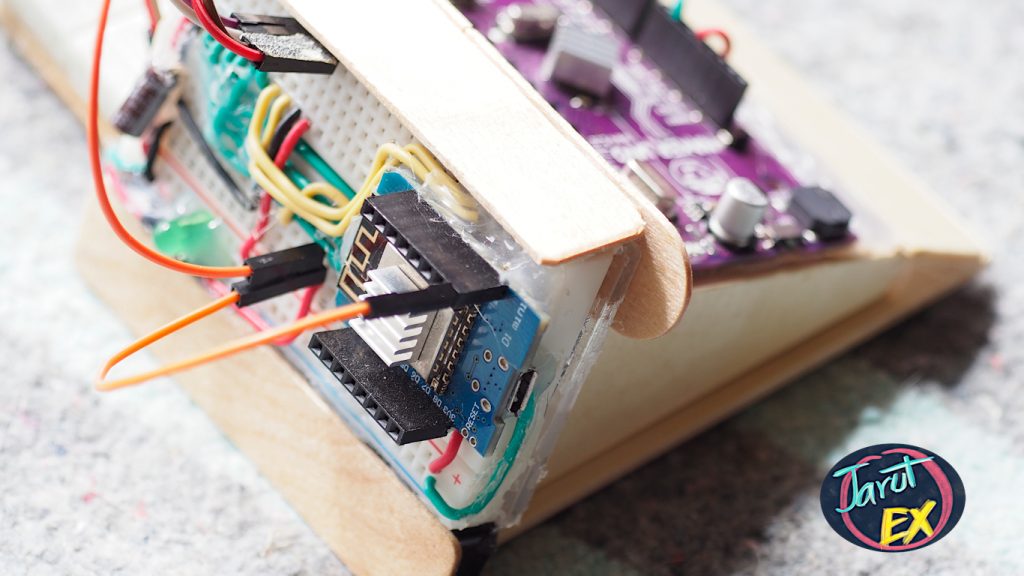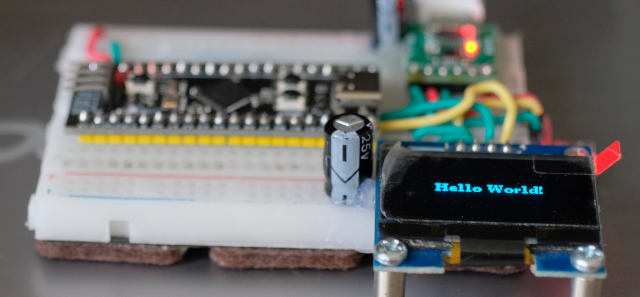[EN] ESP8266/ESP32 WiFi
The ESP8266 and ESP32 boards are equipped with built-in WiFi connectivity. They can work in both self-application mode (Access Point) and client mode connected to an existing WiFi network or STA. Developers can set the device name (ESSID) or use the default name from the system as MicroPython-xxxx, where x represents the MAC Address of the device, the password is micropythoN (developers can assign new) and the IP Address (IP Address) is 192.168.4.1.


